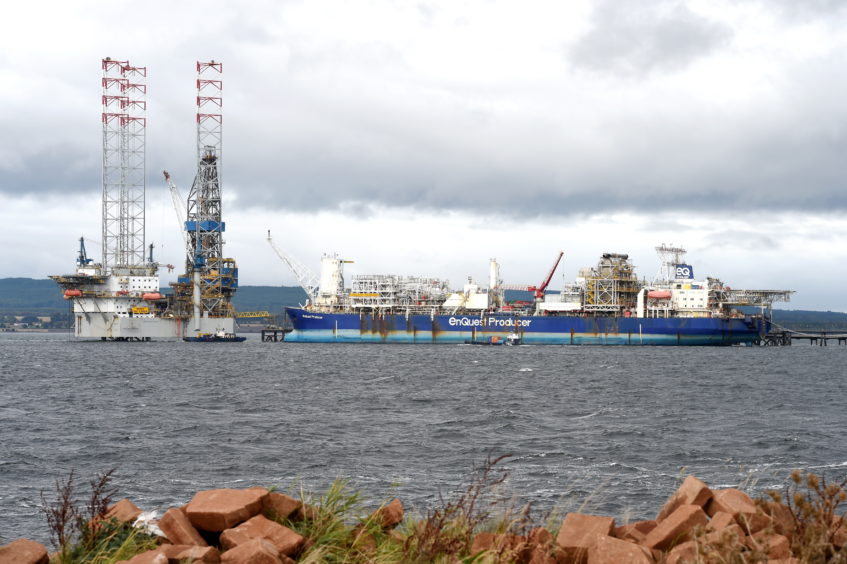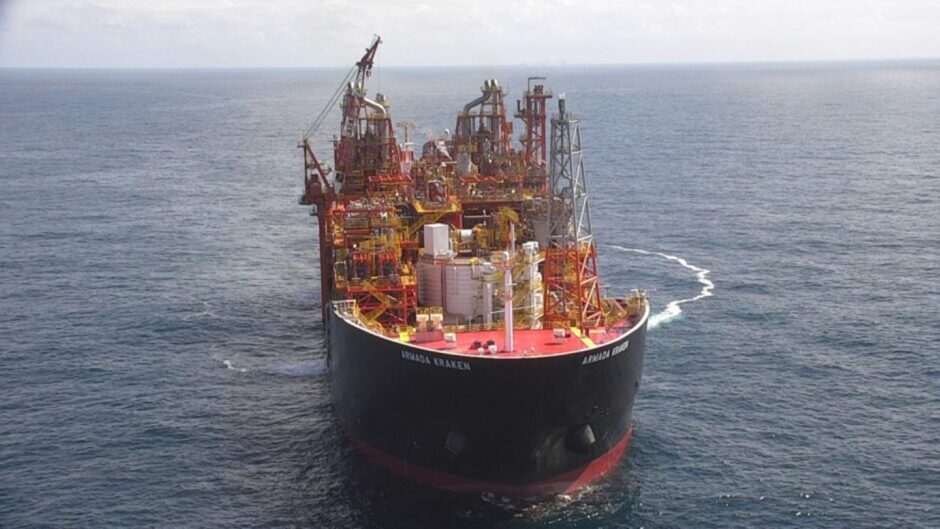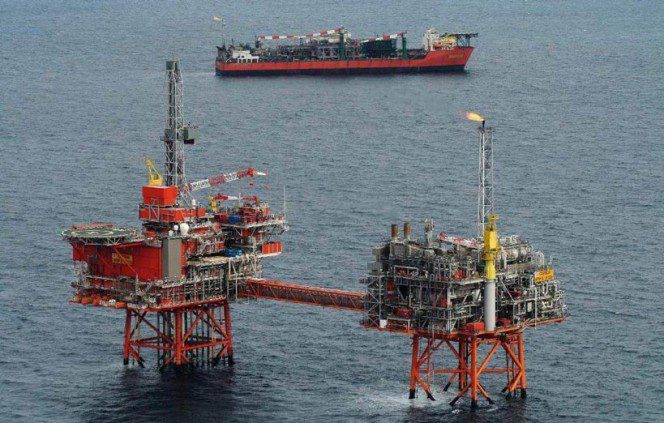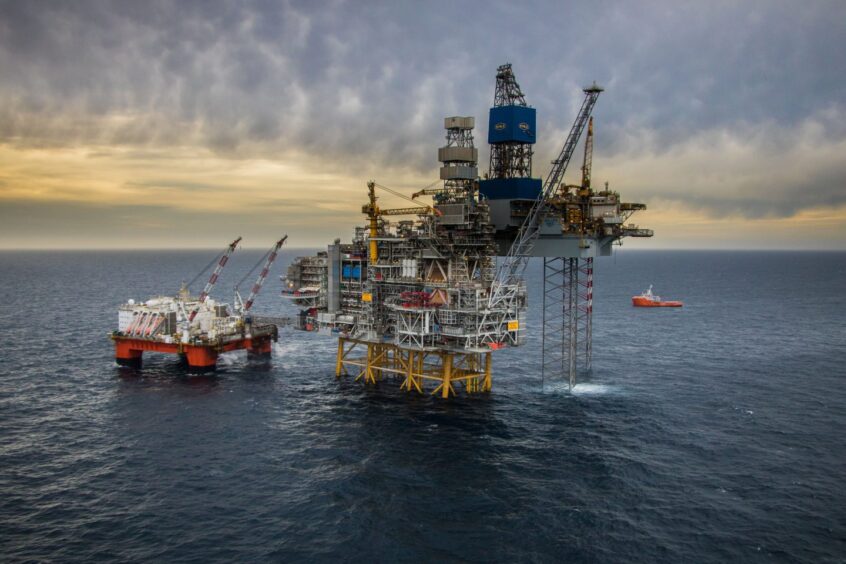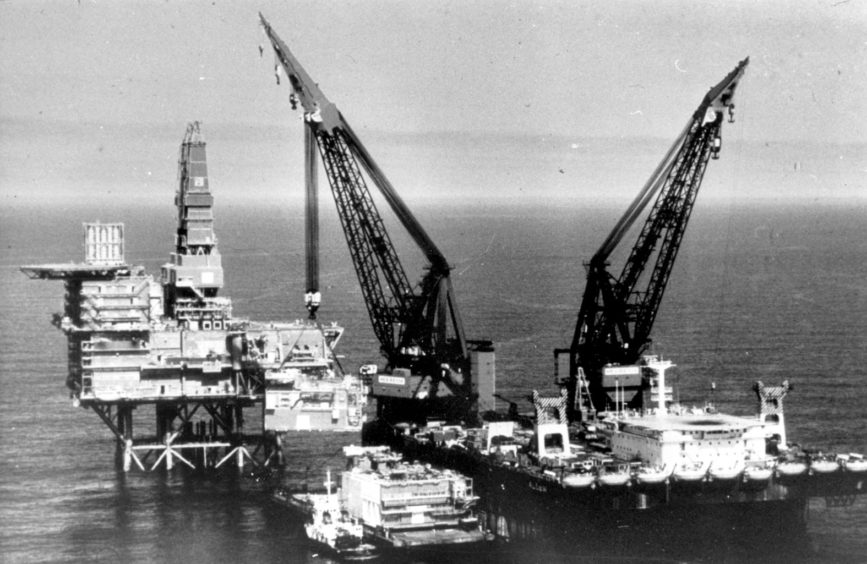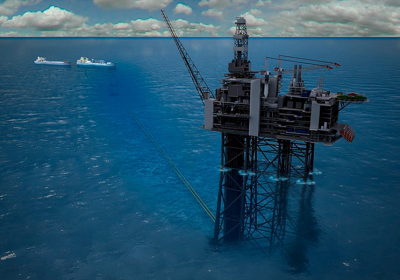
The East of Shetland is home to some of the largest untapped resources in UK waters but sits among the regions with the greatest challenges for development.
Many of the heavy oil projects east of the islands are immature, complex and economically challenged.
There, operators have to carry out continuous drilling and enhanced recovery methods, while contending with other factors hitting the wider sector like the Energy Profits Levy (EPL) and the need for electrification of these heavy-emitting assets.
However, the region has attracted some big players like Equinor and EnQuest, with has some sizeable project hotspots.
What are the East of Shetland challenges?
Douglas McDonald, commodities analyst for IGM Energy, said: “Fiscal uncertainty has posed a problem, with the Energy Profits Levy (EPL) causing delays to drilling programmes.
“Given their location and the viscosity of the crude, continuous drilling and enhanced recovery is required.”
David Moseley, vice president of operations at Welligence, supported Mr McDonald’s analysis, saying: “Heavy oil developments require significant capex, opex and are subject to longer pay back periods, as well as typically having greater production performance risks, compared to light oil fields of the same magnitude.
“Higher costs are driven partly by the large well counts required, along with the need for ESPs and in some cases heated flowlines to prevent waxing.”
Bentley and Bressay
Two locations that exemplify the challenges highlighted by IGM Energy are Bressay and Bentley.
EnQuest (LON: ENQ) acquired operatorship of both developments in 2021, they are large oilfields close by to one another that stand around 85 miles south-east of Shetland in the Northern North Sea.
In April last year, Equinor and Harbour Energy exited their stakes in the Bressay oilfield due to the windfall tax.
Following the exit of the two firms EnQuest became the 100% owner of the development.
Harbour Energy previously held an 18.3% interest in the field, while Equinor held 40%, having sold another 40% share to EnQuest in 2020.
Steve Kew, former chief operating officer of Xcite (a previous owner of the developments) said that the major issue his firm encountered with the project was cost.
“We totally believe in the field, but the trouble also, you’ve got to be a realist, is you’ve got to be looking at $80+ a barrel”, he said at the time.
“That’s the key thing, it’s going to require a lot of wells to get the field developed. It’s not a field that can be drained with a few wells, it requires a lot of wells which is where the expense is.”
Kraken
Not all developments in the region are faced with the issue of enhanced recovery as Mr McDonald told Energy Voice: “Kraken on the other hand, benefits from less viscose crude, which flows with less effort.
That being said, Kraken was not without its issues, the commodities analyst explained: “While there has been talk of linking fields east of Shetland to new wind projects, EnQuest has spoken previously of technical challenges in electrifying its FPSO at Kraken.”
Mr Moseley added: “Electrifying offshore facilities in the UK is subject to several significant hurdles, including feasibility, timing, costs and supply chain constraints.
“Uncertainty around carbon and gas pricing will also impact operators’ views on viability. Only those hubs that can overcome these hurdles and have significant production longevity stand a chance of positively shouldering the costs.
“Whilst the long productive life of heavy oil fields is conducive to this, the additional costs involved in a heavy oil project means electrification is unlikely, and arguably poses a greater challenge than for lighter oil fields with less subsurface complexity.”
Kraken produced first oil in 2017 with 13 well being drilled during the initial ramp-up period.
Located in the East Shetland basin, to the west of the North Viking Graben, approximately 125 km east of the Shetland Islands, the field contained around 128 MMboe of gross 2P reserves when production started.
Last year Kraken ran into problems as “anomalous failure” brought it offline for parts of 2023.
It has since resumed production, and will return to drilling in 2025 after EnQuest hired the Borgland Dolphin rig for two new wells.
It returned to service in August after upgrades were made, and achieved 100% efficiency in September and October.
Captain
The IGM Energy analyst also pointed to other examples of fields in the region that are experiencing issues with either heightened expenses or electrification, one of those was Captain.
The Ithaca Energy-operated Captain development has been producing for over 26 years and stands in water depths of around 346 feet.
Previously Captain’s operator has explained the challenges of electrifying activity at the site.
Previously it was reported that Captain was pursuing a power-from-shore connection or link to a nearby wind farm that it says could remove up to 100,000 tonnes of CO2 equivalent annually.
Last year Ithaca said that securing grid connection remains the “biggest challenge” for Captain as it stood to benefit from an enhanced oil recovery project from Ithaca, adding 40 million barrels to its production base while electrification is carried out.
In October the government and regulators signed off Ithaca Energy’s plans for a further phase of enhanced oil recovery at the site.
Mariner
The Mariner field is located around 93 miles east of the Shetland Islands in the Northern North Sea.
The field is expected to produce more than 300 million barrels of oil over the next 30 years.
Equinor has a 65.11% stake in Mariner, while JX Nippon and ONE-Dyas hold 20% and 6% respectively. Siccar Point Energy accounted for the remaining 8.89% before Ithaca Energy acquired the firm.
Downgraded in early 2022 due to seismic reinterpretation, Equinor said reversal is mainly due to optimisation of the field’s production profile and higher prices, supported by a slight increase in reserves estimates.
Cadet
The Cadet development is located adjacent to the Mariner project and sits around 83 miles from the Shetland coast.
In 2019 Equinor, the majority stakeholder in the project, submitted an environmental assessment to the UK Government outlining that the first Cadet production well was due to be drilled and completed in the second quarter of 2026. Production was set to begin in the following quarter.
Predicted to produce until 2019, the last Cadet well is set to be drilled at the start of 2028.
Galapagos
Unlike the previously mentioned developments, Bridge Petroleum’s Galapagos was not highlighted by Douglas McDonald, however, it is worth mentioning as a notable project in the East of Shetland region.
Currently in the approval stage, Galapagos is set to begin production next year, according to GlobalData.
The redevelopment of this project will require a subsea tree and around 17 wells to be drilled.
Galapagos started up production as North West Hutton in 1975 and ceased in 2002.
The field is expected to reach peak production the year after operations begin.
Bridge Petroleum hopes to extract reserves of 81 million barrels in the first phase of Galapagos.
All of the operators mentioned have been asked for comment on their respective developments.
